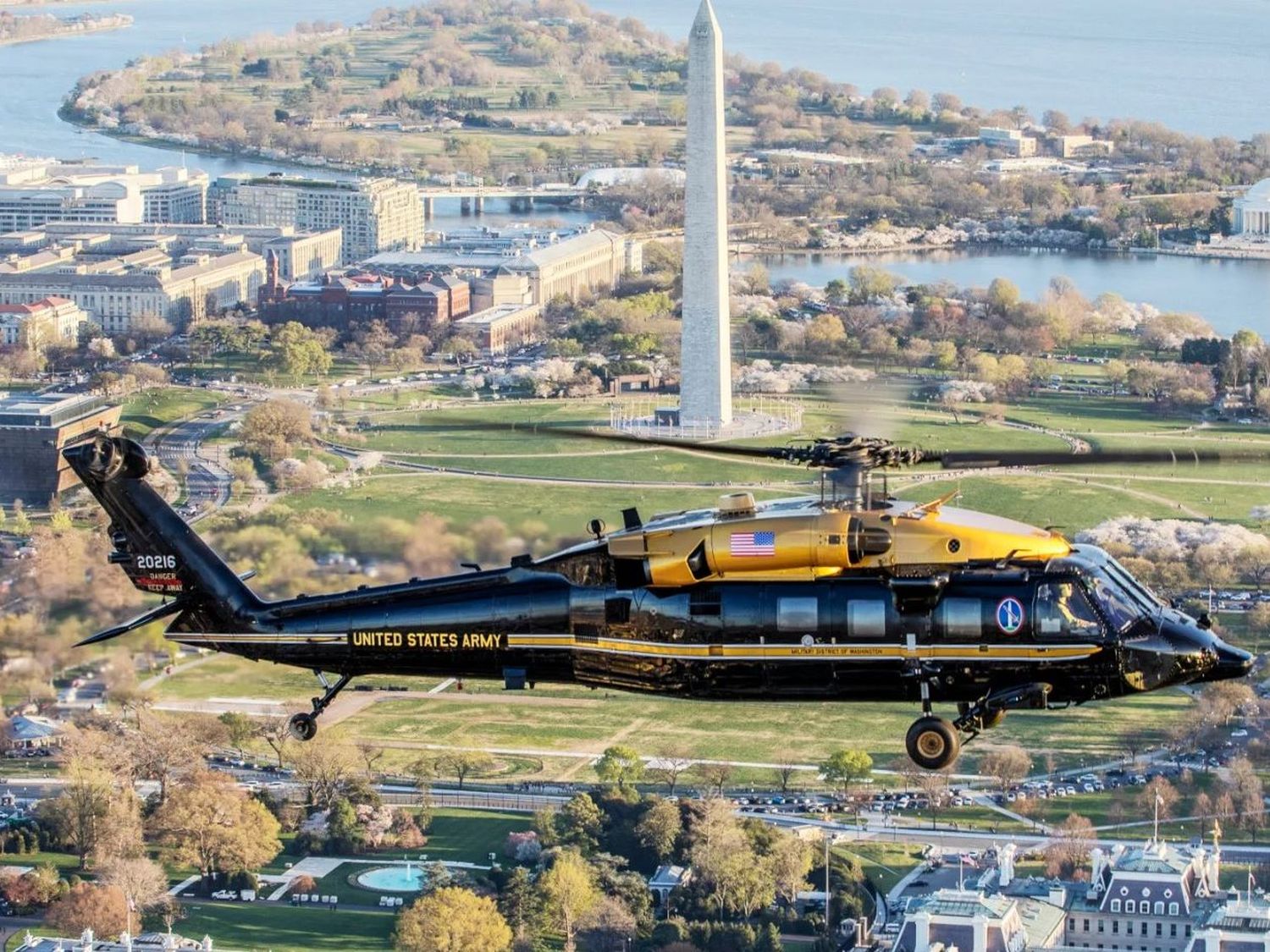Accident on the Potomac: FAA Restricts Helicopter Operations in Washington Reagan Airspace
The collision between a commercial airplane and a military helicopter has raised serious concerns about operational safety in the Washington, D.C., area. In response, the Federal Aviation Administration (FAA) has imposed flight restrictions in the region, facing criticism over air traffic control staffing shortages.
The Federal Aviation Administration (FAA) has indefinitely restricted helicopter flights near Reagan Washington National Airport following a midair collision that left 67 people dead—the deadliest aviation disaster in the U.S. in two decades.
The FAA implemented the measure to minimize the risk of another accident as crews work to recover wreckage from the crash in the Potomac River. A FAA official stated that the restriction affects parts of two flight routes near the airport, allowing access only to police and medical helicopters until a full safety assessment is completed. It remains unclear how long the restrictions will last.
The crash has raised concerns about aviation safety and the ongoing shortage of air traffic controllers at the busy airport serving the U.S. capital. The region is home to three commercial airports, multiple military bases, and heavy helicopter traffic transporting high-ranking government officials. Between 2016 and 2019, approximately 88,000 helicopter flights took place within a 30-mile (48 km) radius of the airport, including 33,000 military flights and 18,000 law enforcement operations, according to a 2021 Government Accountability Office report.
The accident occurred Wednesday night when an American Airlines plane attempting to land collided with a U.S. Army Black Hawk helicopter, sending the aircraft plunging into the Potomac River. Rescue teams have recovered the plane’s black boxes and are working to retrieve debris from both aircraft. The National Transportation Safety Board (NTSB) aims to recover the helicopter’s black box, which contains flight data and cockpit recordings.
The cause of the crash has yet to be determined. Reports indicate that at the time of the accident, only one air traffic controller—rather than the usual two—was managing operations at the airport. While this is considered unusual, it is deemed acceptable during periods of low air traffic.
The FAA is currently facing a shortage of approximately 3,000 air traffic controllers. In 2023, the agency had 10,700 certified controllers—the same number as the previous year.
Transportation Secretary Sean Duffy announced plans to reform the FAA. “I'm developing an initial plan to restore the FAA and expect to present it very soon,” he stated Thursday on the social media platform X.


Comentarios
Para comentar, debés estar registrado
Por favor, iniciá sesión